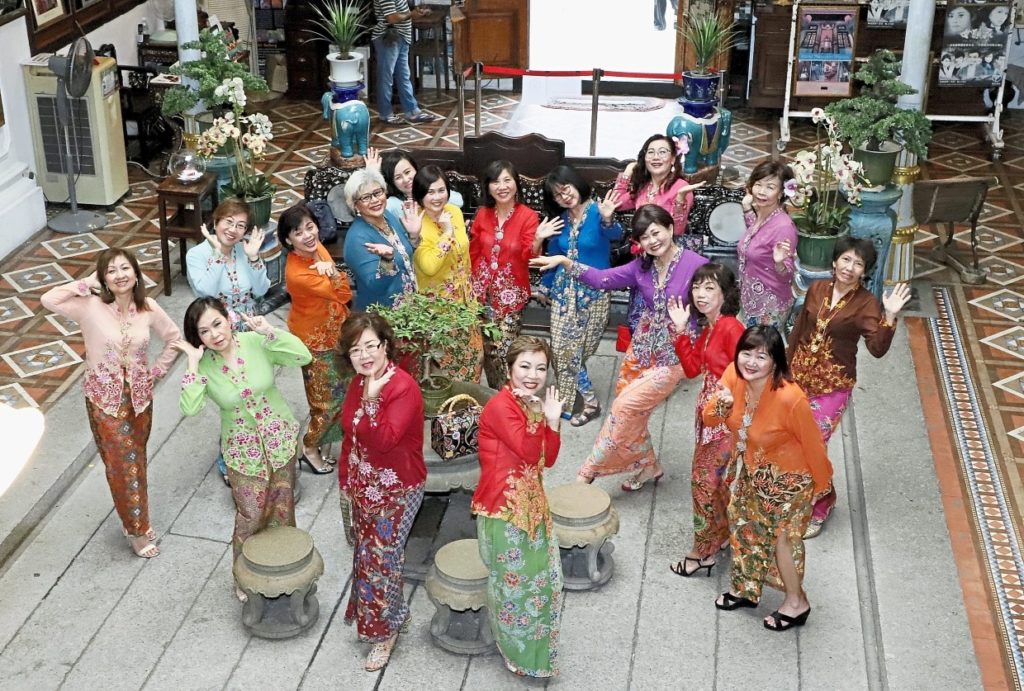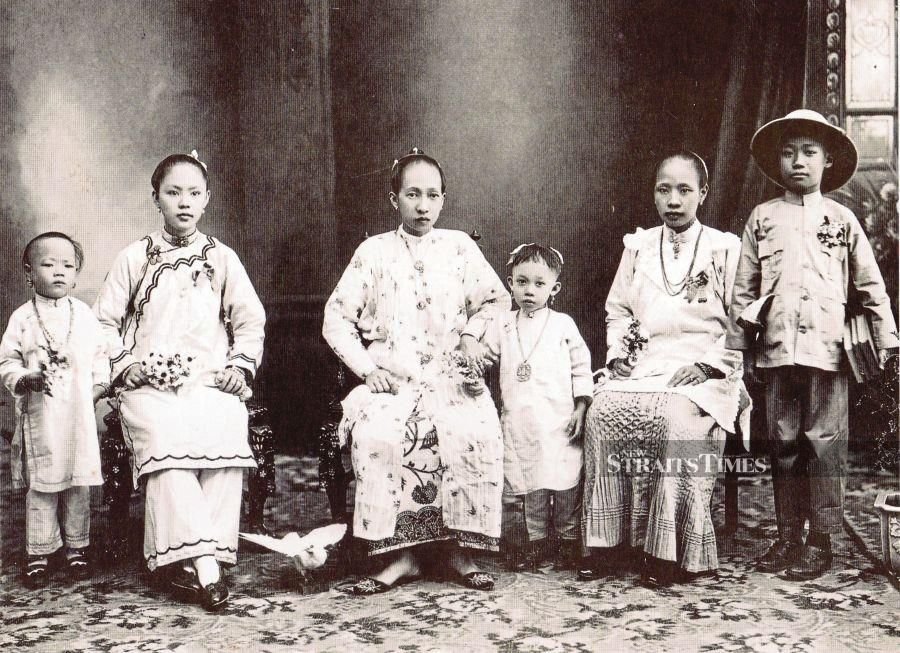
Historical background
The Peranakans were also known as Straits Chinese as they were usually born in the British-controlled Straits Settlements of Singapore, Penang and Malacca. During colonial times, they were also known as the King’s Chinese in reference to their status as British subjects after the Straits Settlements became a Crown colony in 1867.
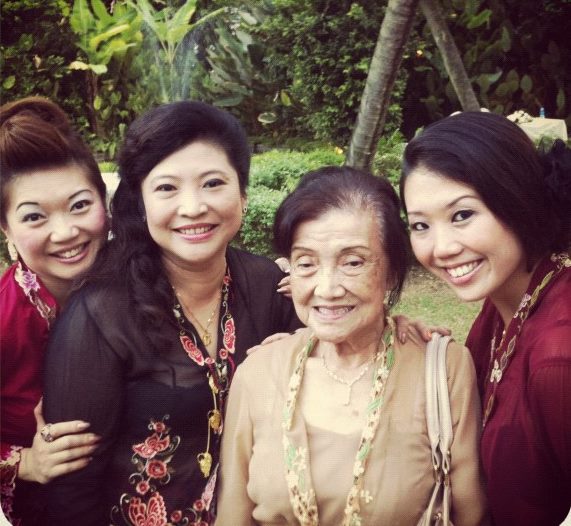
The term Peranakan is an Indonesian/Malay word that means “local born” and has largely been used to refer to the Peranakan Chinese. However, not all Peranakans are of Chinese ancestry. In the Straits Settlements, there was a small but significant community of Peranakan Indians known as Chitty Melaka. The origins of the Peranakan Indians were said to have evolved around the same time as the Peranakan Chinese when Tamil merchants began marrying local women. The Jawi Peranakan community was another notable Peranakan group of non-Chinese descent comprising Straits-born Muslims of mixed Indian (especially Tamil) and Malay parentage.

Although many Peranakans retained their Chinese surnames and cultural practices such as ancestor worship, they were still considered as a different group from the China-born Chinese in Singapore. The Peranakans were also generally from a higher socio-economic class than most Chinese immigrants.8 The Great Depression of the 1930s and World War II hit the wealthy Peranakans hard and thereafter many of them failed to recover their former wealth or resume their previously lavish lifestyles. The post-war years thus marked the beginning of the decline of Peranakan culture.
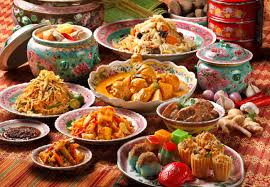
Cultural practices
Peranakan culture is usually described as a hybrid of Chinese, Malay and Western cultures. While specific cultural practices and customs may differ from generation to generation and family to family, there are a few elements common to Peranakan culture. One such element is the language. Besides English, the Peranakans speak baba Malay, a patois described as an adulteration of the Malay language with a liberal mix of Hokkien words and phrases.
An outstanding feature of Peranakan culture is the cuisine, which is also known as nonya food after the ladies who cook it. Peranakan cuisine has strong Malay and Indonesian influences, which can be seen in the use of rempah (spices) and coconut milk. Pork is an often-used ingredient in nonya cooking, unlike in Malay cuisine, where its use is strictly forbidden. Some of the signature nonya dishes include babi pongteh (braised pork with salted bean paste), ayam buah keluak (chicken braised in a thick, spicy tamarind gravy with buah keluak nuts) and beef rendang (beef stewed in coconut milk and spices). The nonyas are also well known for their sweet cakes, often referred to as nonya kueh. In the past, most nonyas were expected to know how to cook as this skill was seen as an accomplishment.
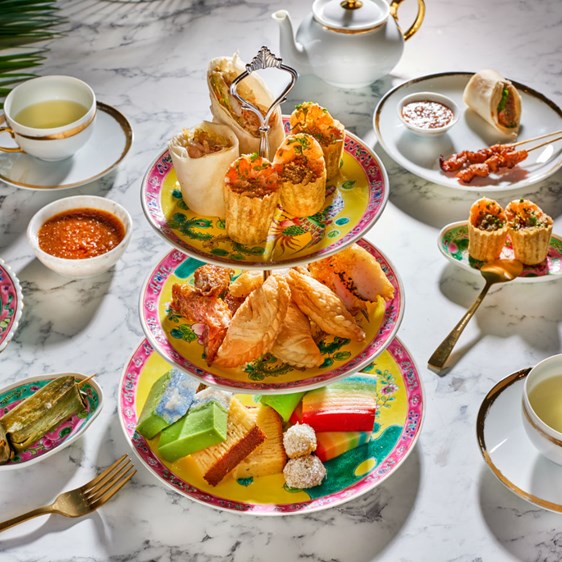
Peranakan cuisine is not fast food, instead requiring a high level of patience and preparation in advance. In order for the meat and seafood to properly absorb the essential spices, they must be marinated for many hours before they can be added to the cooking process. Even the spices require preparation, as fresh spices are ideal for strong flavours. The person cooking the dish will often use a mortar and pestle to grind the lemongrass, wild ginger and turmeric root that give Peranakan food its strong and distinct flavour.
Besides cooking, Peranakan girls were also expected to excel in embroidery and beadwork, the two distinctive features of Peranakan fashion. The traditional costume for Peranakan women is the nonya kebaya, which began replacing the baju panjang (Malay for ‘long dress’) as the outfit of choice from the 1920s onwards.
Originally from Indonesia, the kebaya was adopted by both Malay and Peranakan women but with important differences. The Malay kebaya is a loose-fitting long blouse made of opaque cotton or silk with little or no lace embroidery. On the other hand, the nonya kebaya is a shorter, tighter-fitting sheer fabric blouse that is often decorated with embroidered motifs (known as sulam) such as roses, peonies, orchids, daisies, butterflies, bees, fish and chickens. Being semi-transparent, the kebaya is usually worn over a camisole and secured with a kerosang (spelt as kerongsang in Malay), which is a set of three interlinked brooches.
The kebaya top is traditionally worn together with a batik sarong skirt and paired with intricately hand-beaded slippers known as kasut manek. However, in recent times, the younger generations of Peranakan ladies have experimented pairing the nonya kebaya with Western dresses, skirts and even jeans.
